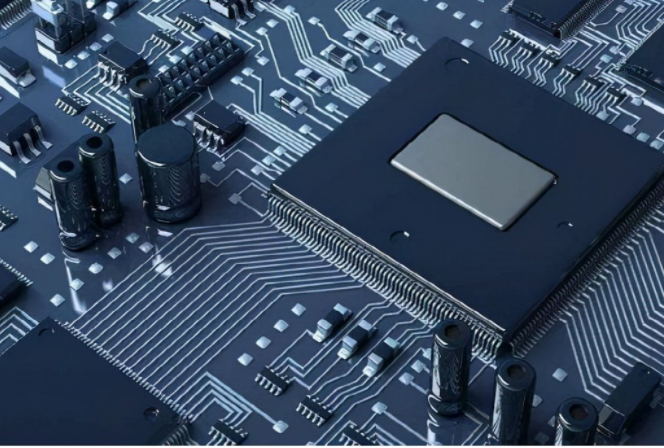The selection principle of flux in SMT production
1. Selection principle
Due to the wide variety of welding fluxes, the choice should be based on the needs of the product, the process flow and the cleaning method. The usual selection principles are as follows:
1. For electronic products that are not going to be cleaned after soldering, no-clean flux should be the first choice. It has the characteristics of low residue, but when selecting the type, attention should be paid to the matching of the flux and the PCB pre-coated flux, as well as the adaptability to the foaming process.
2. The low solid content and medium solid content rosin type fluxes selected for consumer electronic products can also achieve the purpose of cleaning after soldering. But the selection should pay attention to whether the SIR meets the requirements after the flux is damp, usually it should not be lower. Generally, this type of flux has good flux performance, strong process adaptability, and can adapt to different coating methods.

3. If the electronic product needs to be cleaned after soldering, the flux should be selected according to the cleaning process. If water cleaning is used, water-soluble flux can be used. If semi-water cleaning is used, rosin-type flux, such as organic amine saponifier, can be used to solder the PCB to be cleaned. Generally, no-clean flux is not used, because its flux performance is not good, the price is more expensive, and sometimes the use of non-rosin-based formulas can also bring difficulties to cleaning.
4. If you choose voc no-clean flux, you should pay attention to the compatibility with the equipment, such as the corrosion resistance of the equipment itself, whether the preheating temperature is suitable, usually it is required to increase the temperature appropriately, and whether the PCB substrate is suitable, such as some substrates The water absorption is large, which means that there will be bubble defects.
5. Regardless of which type of flux is selected, attention should be paid to the quality of the flux itself and the adaptability of the wave soldering machine, especially the PCB preheating temperature, which is the primary condition to ensure the realization of the flux function.
6. For the foaming process, the welding function and density of the welder should be tested frequently. For those with excessive acid value and excessive water content, new flux should be replaced.
2. Development direction of flux
Flux is produced along with the soldering process, and has a history of more than 50 years since the invention of wave flux. While the flux helps to solder electronic products to bring convenience to people, it also brings harm to the human living environment. As people's awareness of environmental protection increases, how to eliminate or reduce these hazards has been on the agenda. The promotion of the reflow soldering process in the 1970s, especially the use of the reflow soldering process for through-hole components, also brought challenges to the flux. In addition, at present, wave soldering methods that do not use flux are being studied at home and abroad, and certain progress has been made. Therefore, fluxes, especially solvent-based fluxes with high solid content, will be gradually introduced to the market, no-clean flux and no VOC Flux will be more popularized and applied.
ipcb is a high-precision, high-quality PCB manufacturer, such as: isola 370hr PCB, high-frequency PCB, high-speed PCB, ic substrate, ic test board, impedance PCB, HDI PCB, Rigid-Flex PCB, buried blind PCB, advanced PCB, microwave PCB, telfon PCB and other ipcb are good at PCB manufacturing.